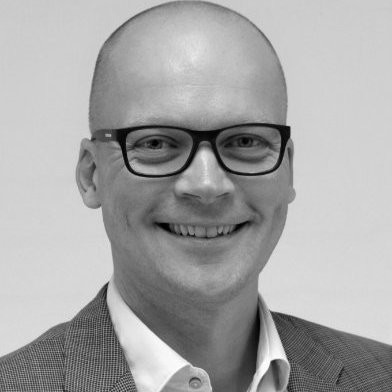- Video Library
- MedTrace Pharma | Martin Stenfeldt, CEO
MedTrace Pharma | Martin Stenfeldt, CEO

Martin Stenfeldt
Martin is an experienced leader within business development for lifescience and tech companies.
As CEO of MedTrace Pharma he is responsible for commercial development including the continuous funding process as well as being the administrative backbone.
With 20 years of commercial and global exposure in the life-science industry he has obtained work experience from company headquarters and subsidiaries while stationed in Denmark, Germany and The US. During his career he has done business in most parts of the World, South-America excluded.
Martin Stenfeldt
Martin is an experienced leader within business development for lifescience and tech companies.
As CEO of MedTrace Pharma he is responsible for commercial development including the continuous funding process as well as being the administrative backbone.
With 20 years of commercial and global exposure in the life-science industry he has obtained work experience from company headquarters and subsidiaries while stationed in Denmark, Germany and The US. During his career he has done business in most parts of the World, South-America excluded.

17011 Beach Blvd, Suite 500 Huntington Beach, CA 92647
714-847-3540© 2025 Life Science Intelligence, Inc., All Rights Reserved. | Privacy Policy







